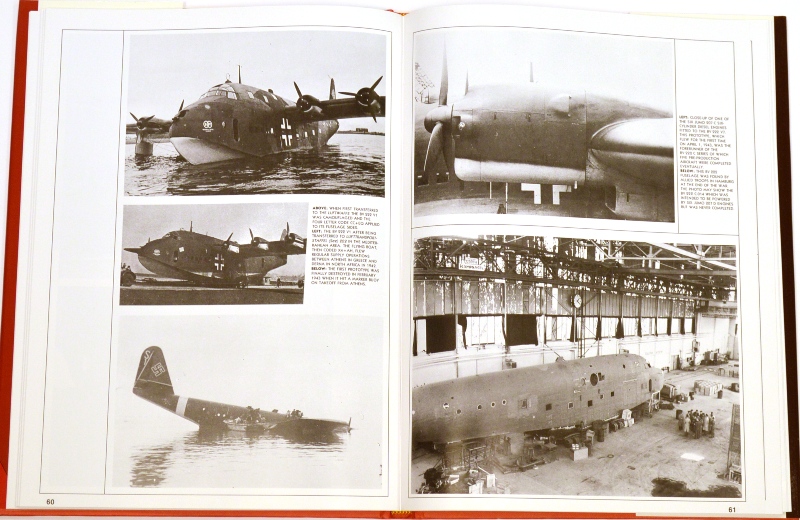
The Vanishing Paperclips: America’s Aerospace Secret, A Personal Account
By Hans H. Amtmann
Hardcover in dustjacket, 128 pages, heavily illustrated, index
Published by Monogram Aviation Publications, May 1988
Language: English
ISBN-10: 0914144359
ISBN-13: 978-0914144359
Dimensions: 9.2 x 0.8 x 12.2 inches
At the end of the Second World War Germany had reached a remarkable degree of scientific and technological advancement. German research was years ahead of the rest of the world in several areas, including aerodynamics, jet propulsion, rocketry, and submarine technology, to name a few. Fortunately, the tides of war turned against the Third Reich before Germany’s scientific achievements could be turned into a strategic battlefield advantage.
It was obvious to American and British planners that incorporating German technology would give the Allies an advantage in the war against Japan (which was still on-going), as well as an edge over their Soviet counterparts who were emerging as adversaries in the post-war world. Operation Lusty under Colonel Harold E. Wilson was tasked with collecting German aircraft and weapons systems along with associated documentation and research, and transferring them to the United States. A parallel effort, still largely unknown to this day, was Project Overcast under which 350 of Germany’s top rocketry, aviation, and submarine scientists were transferred to continue their work for the U.S. Navy or War Departments. These transfers began immediately after the war and included Werner von Braun and Alexander Lippisch. Project Overcast was superseded by Operation Paperclip. Altogether more than 1,600 German scientists and engineers were taken to America. A similar effort by the Soviets, Operation Osoaviakhim, transferred over 2,200 German scientists and their families to the Soviet Union.
Hans H. Amtmann was a German aeronautical engineer. He worked for Junkers and Heinkel before the war, but spent most of his career as head of preliminary design at Blohm & Voss. There he worked on a number of projects including the asymmetrical Bv 141 reconnaissance aircraft and the huge Bv 222 and Bv 238 six engined flying boats. After Germany’s defeat he worked as a teacher until being recruited under Operation Paperclip and moving to the U.S. in October 1946. His family joined him in 1948, and he became a legal U.S. citizen in 1949. He worked on several projects for the U.S. government at Wright Field, and later worked for Convair on the P6Y flying boat and F2Y Sea Dart projects.
Amtmann’s autobiographical account follows his childhood and career as an aeronautical engineer. Being a Monogram Publication, the book is well illustrated with numerous high-quality photographs of the aircraft Amtmann helped design. His accounts of effects of the Allied bombing campaign on German cities from an essentially civilian perspective are illuminating, as are his descriptions of daily life in the British Occupation Zone immediately after the war. He details the inner workings of the Paperclip operation from recruitment to working in the government labs at Wright Field. During this period the German scientists were under escort and their movements were restricted, later they were offered U.S. citizenship and allowed to continue their work in the aviation industry.
The Vanish Paperclips pulls back the curtain on an interesting chapter of the aftermath of WWII, one which provides several insights into issues we as a society are still dealing with today. The photographs are well chosen and reproduced, and add considerably to the narrative. I would have liked to have seen more detail on the technical aspects of the designs. Amtmann was the preliminary design head and certainly could offer many details of the problems encountered and how they were overcome. A good read from a unique perspective.



About the V-2… This is just Chapter 8 from a research done by my friend Clarence Simonsen.
https://wp.me/p6GeiC-81V
LikeLiked by 1 person
The whole research… https://wp.me/p6GeiC-9X
LikeLiked by 1 person
Very interesting. There is a lot of research in there. Museums are not interested at all with V-2 nose art.
LikeLiked by 1 person
Great review- I’ll look out for a copy.
Cheers,
Pete.
LikeLike
You know what to do.
LikeLiked by 1 person